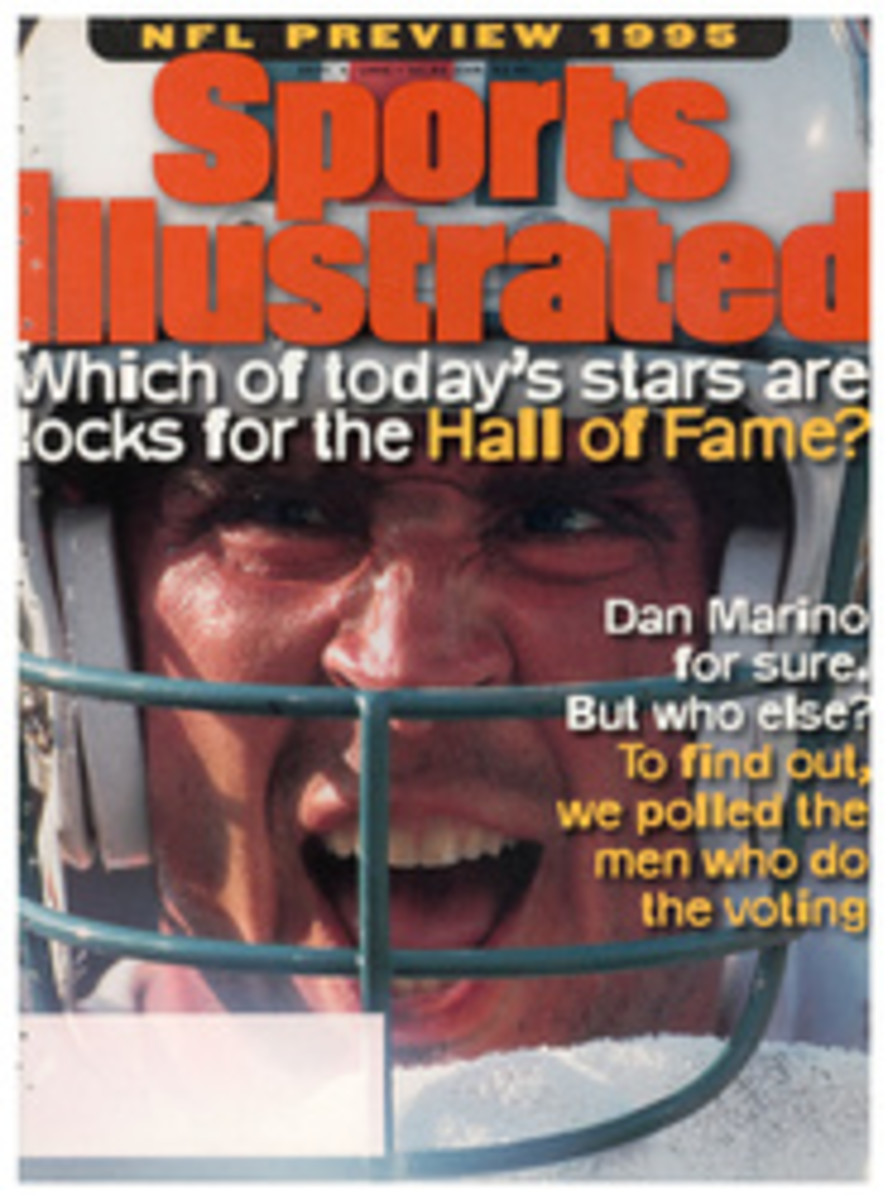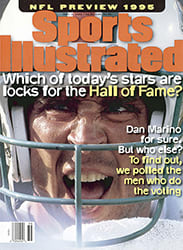
CALLING ALL CARS AN L.A. MUSEUM PAYS TRIBUTE TO CALIFORNIA'S TORRID AFFAIR WITH THE AUTOMOBILE
Southern California's relationship with the automobile goes
beyond mere love and hate. The co-dependent union of SoCal and
wheels spawned a whole new culture and language: Diners and dune
buggies; drive-in movies and freeways; mini-malls and
convertibles; smog and gridlock; SigAlerts and DUIs.
L.A.'s 15-month-old Petersen Automotive Museum, located at the
intersection of Wilshire and Fairfax, celebrates that lifestyle.
By demonstrating how cars and the region have influenced each
other--rather than simply displaying an endless series of
cars--the Petersen's curators have made the museum both
educational and entertaining. As museum director Richard Messer
puts it, "We're more than a glorified indoor parking lot of nice
cars."
For years the L.A. County Museum of Natural History acquired and
stored in warehouses a vast collection of cars, many of which
were donated by wealthy Angelenos for tax purposes. The tab for
storing the 70 autos, including a 1932 Duesenberg? About
$400,000 a year--a sum the county could ill afford to waste on
items that no one could see.
Enter multimillionaire Robert Petersen, the son of a car
mechanic and the owner of Petersen Publishing, which puts out
Hot Rod and Dirt Rider among other magazines. He agreed to put
up $15 million to buy a building to house the collection, and in
1992 the county board of supervisors appropriated $28.5
million to help finance the rest of the project. The museum
must pay back most of that money, but the $400,000 a year the
county used to spend on storage now goes directly to the Petersen.
The money has been well spent. Designed by project director
James Olson and architect Marc Whipple, the Petersen is a hip
and lively spot that appeals to the gearhead in all of us. Ten
gray fins like those on a '50s Caddy jut 70 feet into the air on
the building's exterior to draw visitors to the four-story,
300,000-square-foot museum. Inside, Olson and Whipple devised a
"streetscape" that winds through the first floor, where dioramas
depict how the car shaped the architecture, industry, community
development and advertising of Southern California. Oversized
billboards, for instance, were invented in the '30s, when
advertisers wanted to attract the attention of drivers in
fast-moving vehicles. (In the museum a mannequin motorcycle cop
hides behind a huge billboard, watching for speeders.)
The San Fernando Valley, which lies north of L.A., was developed
in part because cars reduced commuting time. Meanwhile,
supermarkets opened and changed shopping habits because
consumers could suddenly take home multiple bags of groceries.
Messer, a 52-year-old L.A. native who confesses to owning 10
cars and four motorcycles, remembers driving to the valley in
the '50s, when the area was primarily ranchland. "L.A.'s whole
culture was influenced by the car," he says. "We were trying to
tell the whole story."
Messer and his staff have supplemented the Natural History
museum's original collection by acquiring scores of additional
cars and rotating the stock, some of it on loan. From fabled to
fast to futuristic, the selection includes a '32 Stutz DV32, the
1952 Indy 500-winning Agajanian and a '58 Datsun 1000 sedan, one
of the first Japanese imports. The Petersen also pays homage to
Hollywood with celebrity cars, including Greta Garbo's bodacious
'25 Lincoln limousine, and models that have appeared on TV or in
films.
Messer, who oversees the museum's operations from behind the
front end of a 1989 XJ-6 Jaguar that serves as his desk, says
attendance has been lower than projected. But he is optimistic.
After all, soon a subway stop on L.A.'s rapid-transit line will
open nearby. Then you won't even have to drive to the Petersen.
Freelance writer David Davis is an Angeleno who is proud to
drive a white Chevy Blazer.
COLOR PHOTO; ROBERT BECK Messer runs the show at the Petersen from behind the hood of an '89 XJ-6. [Richard Messer]

